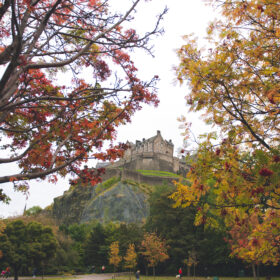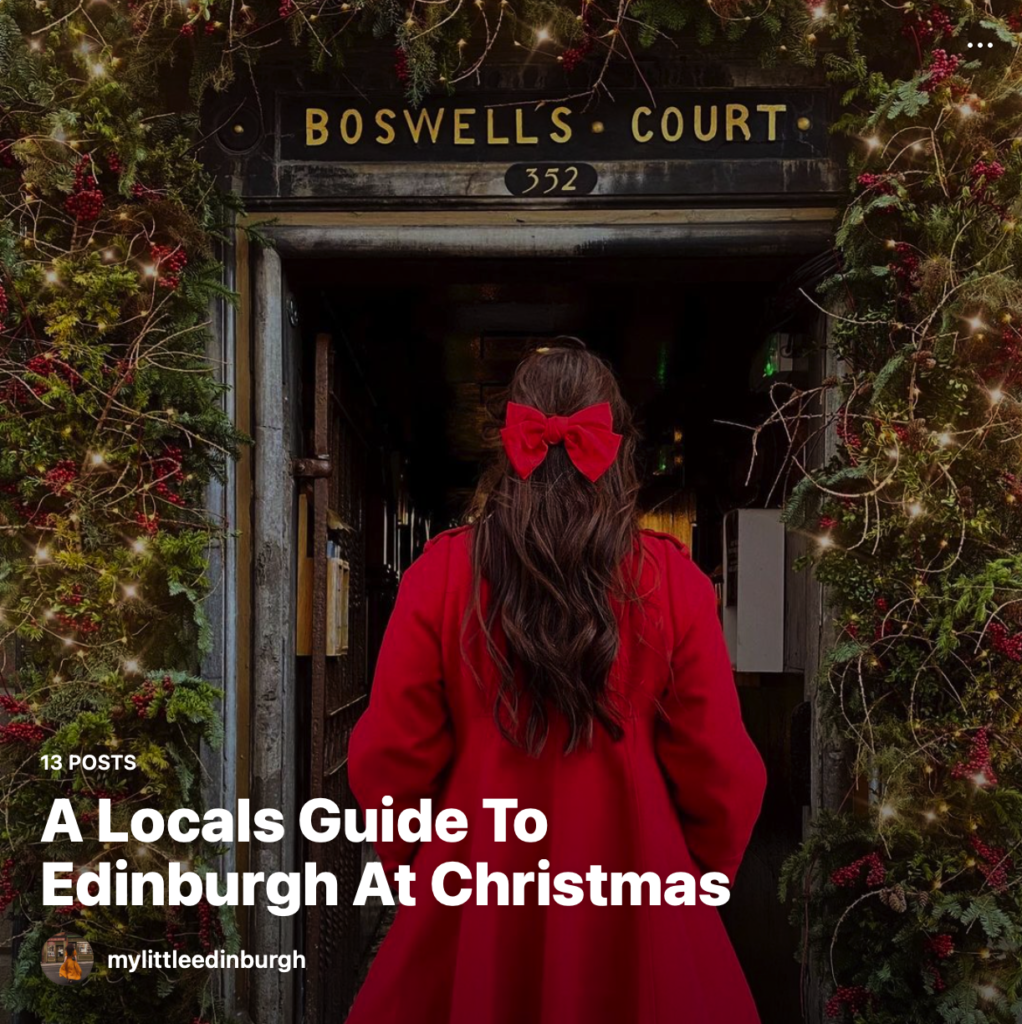
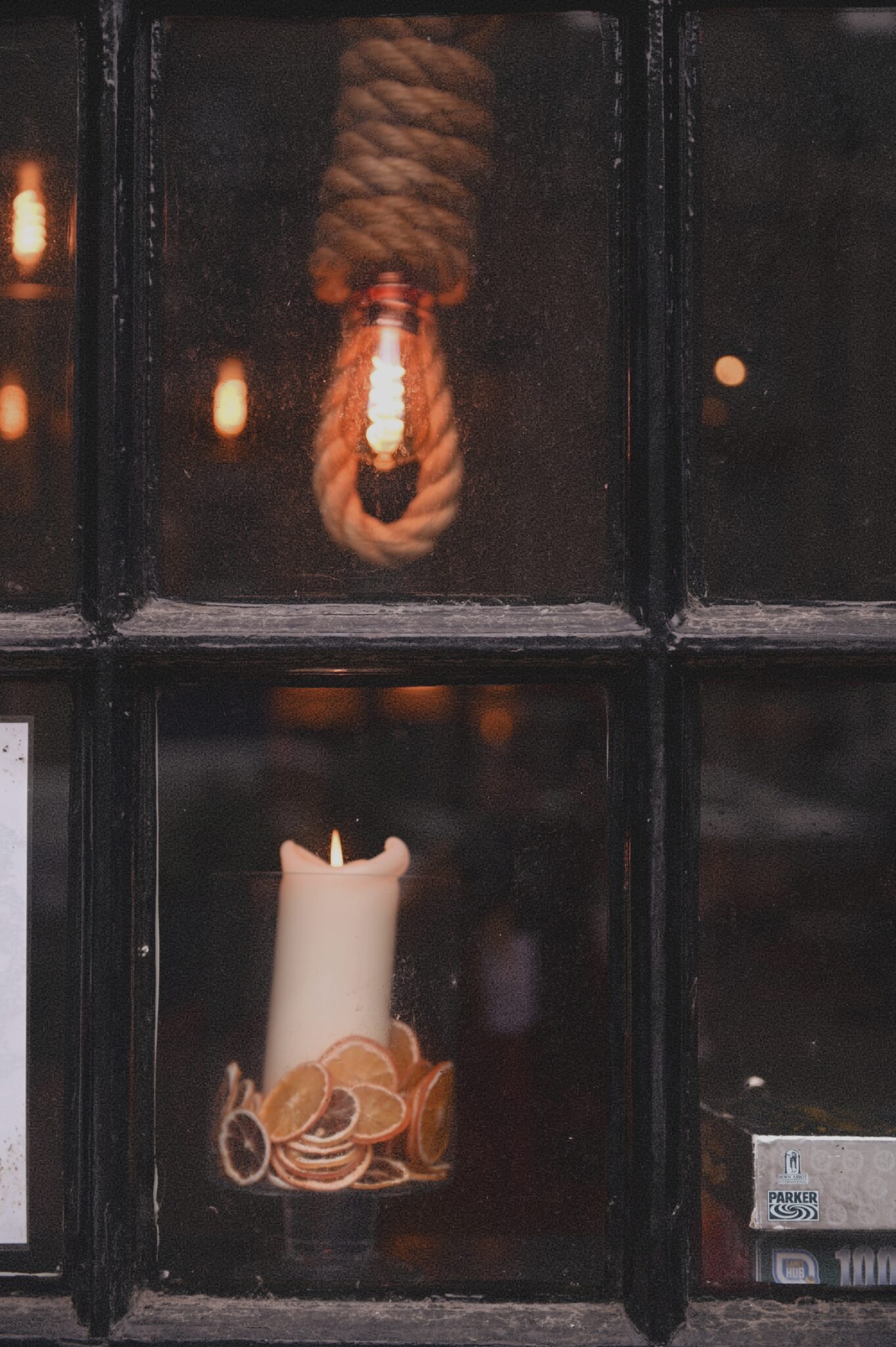
So, you want the best things to do in Edinburgh during spooky season? I got you.
Spooky season is in full swing. Hot chocolates (PSL’s for those that love them), cosy reads in front of the fire, long walks huddled in layers and a scarf and the crisp sound of autumn under your feet. The second October rolls around my favourite candles are lit and the autumn movies are on.
Edinburgh is well known for its dark history and stories so gruesome you’d think they were made up for around a campfire. There’s a few tourist traps around the city, and while those can be fun there are some hidden gems that you should absolutely see while you are in Edinburgh. Here are some of my favourite things to do in the city during ‘Spooky Season’ that you might not know about…
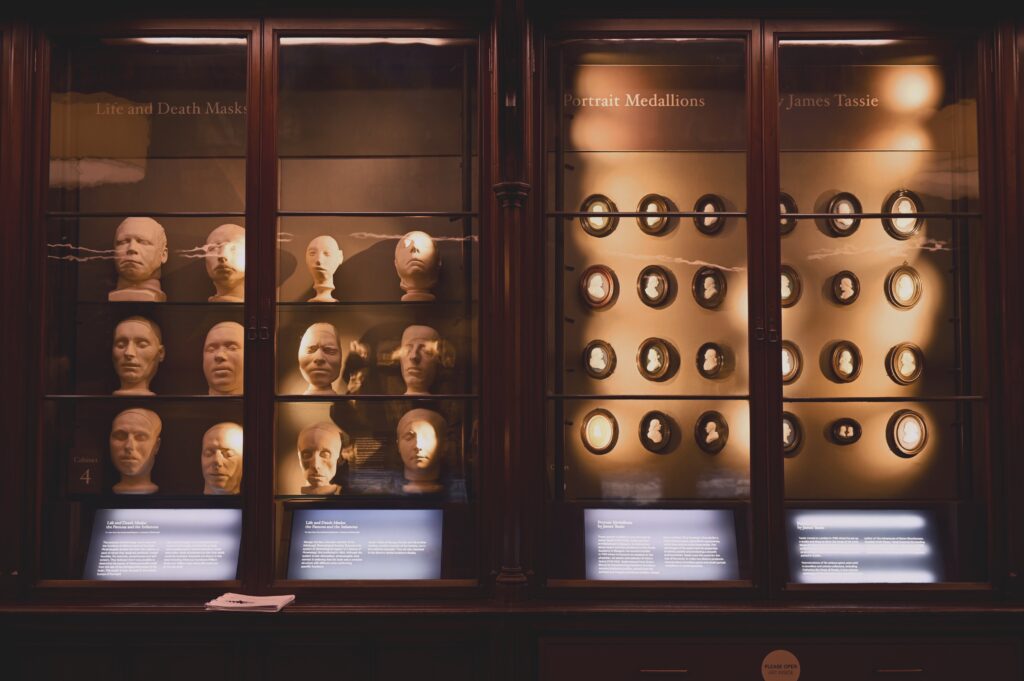
Bodysnatchers & Death Masks:
Burke and Hare were two men you certainly didn’t want to bump into in the night. Their story is well known worldwide and the term ‘burking’ came from how they killed their victims. Burke and Hare were never grave robbers, they killed around 16 people between 1827-1828, & they sold the cadavers to Dr Robert Knox for the anatomy school. They were caught on Halloween 1828, Burke was convicted on Christmas Day and Hare vanished without a trace.
Technically the story of these men is not a secret, on display at the national portrait gallery on Queen street you’ll find life and death masks. You can see the heads of many displayed in large cabinets, Burke and Hare’s are there (cast from life) amongst many others.
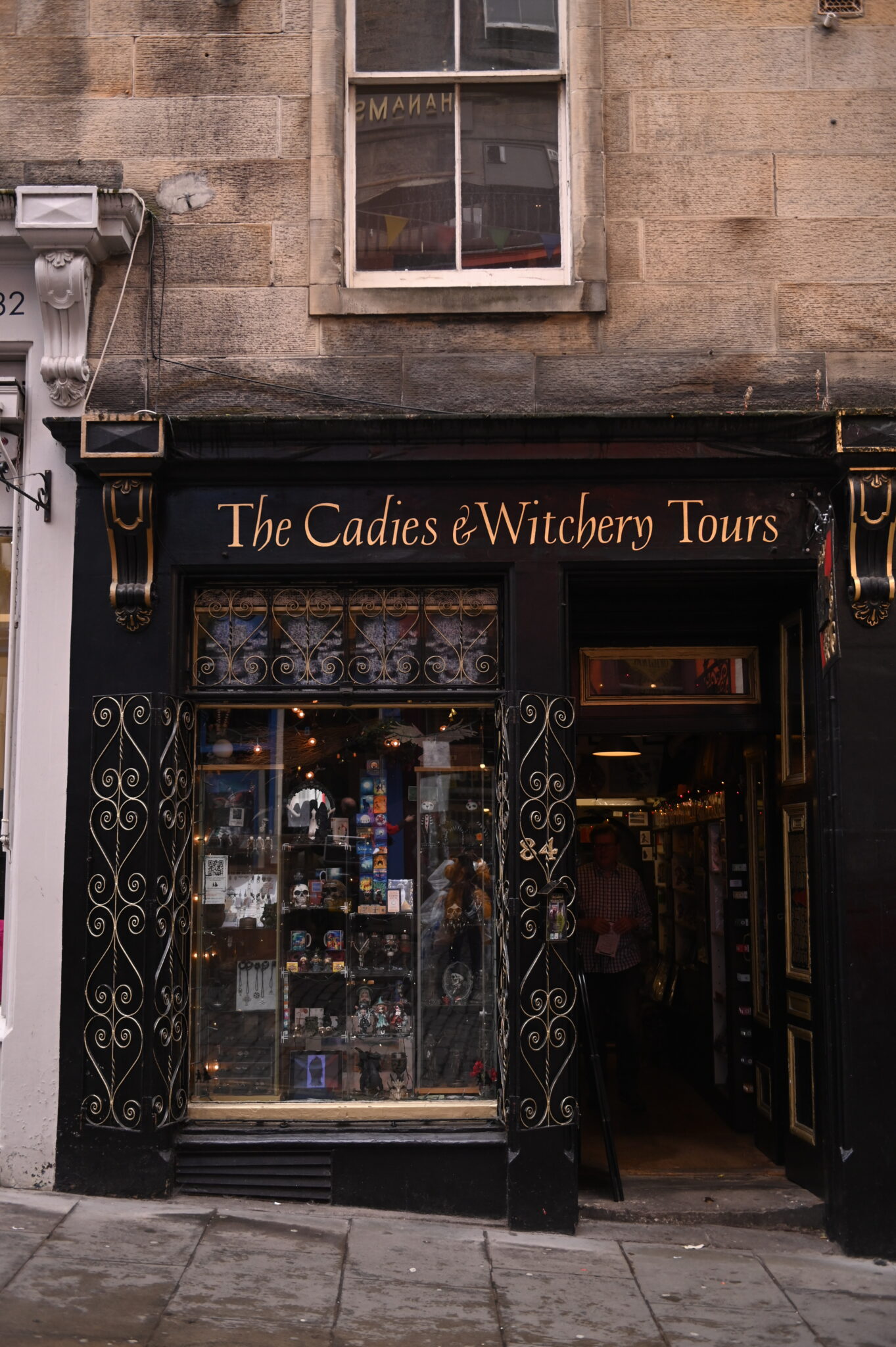
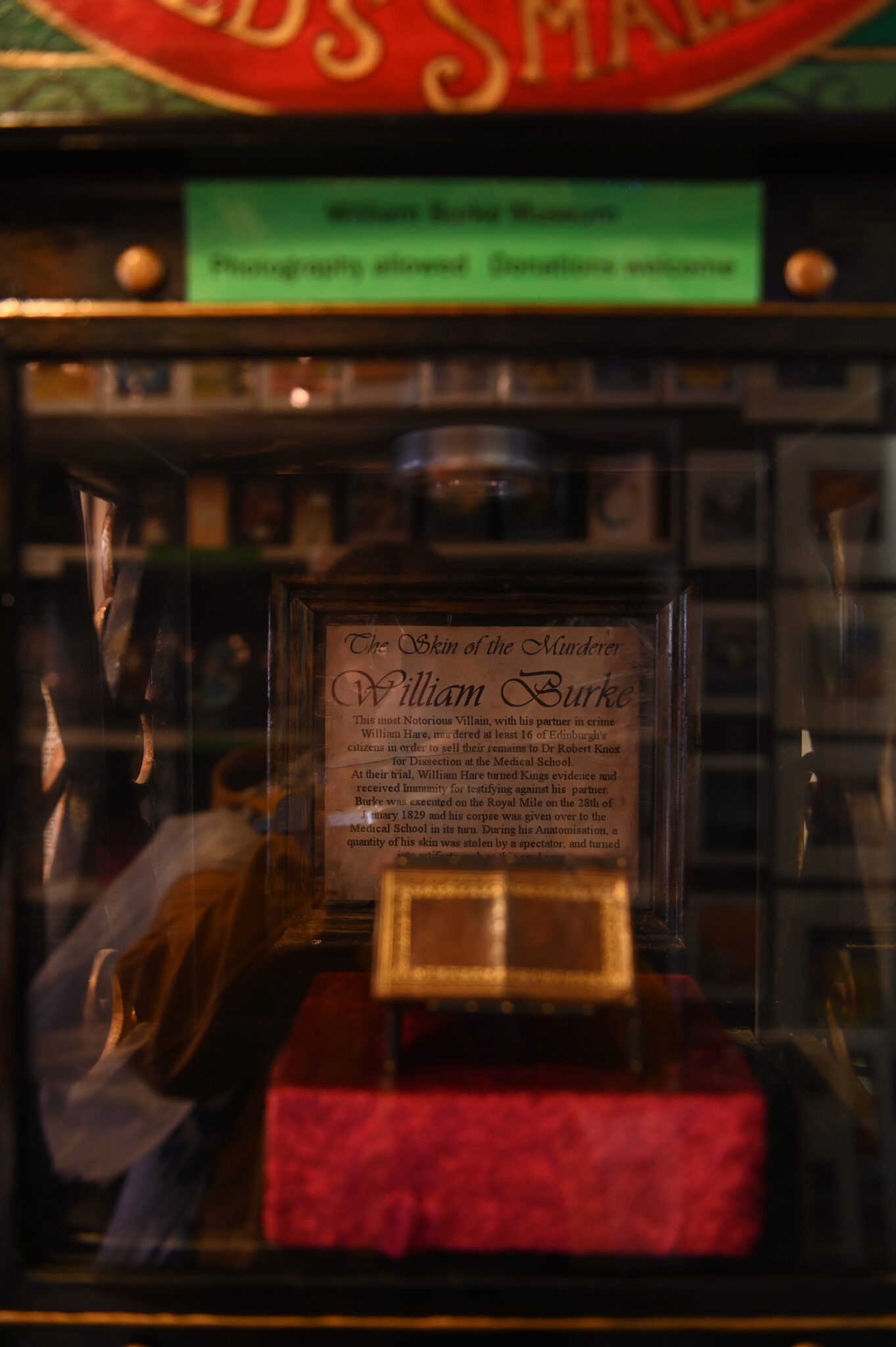
The Worlds Smallest Museum:
Tucked away down Victoria street you can visit The Caddie & Witchery Tours, home to one of the worlds smallest museum’s. A wee glass box with a notebook made from a piece of William Burke’s skin inside. William Burke was hanged in 1829, his body was publicly dissected and his skin was made into a note book. During this dissection a quill was dipped into his blood and the following was written: “This is written with the blood of Wm Burke, who was hanged at Edinburgh. This blood was taken from his head.”
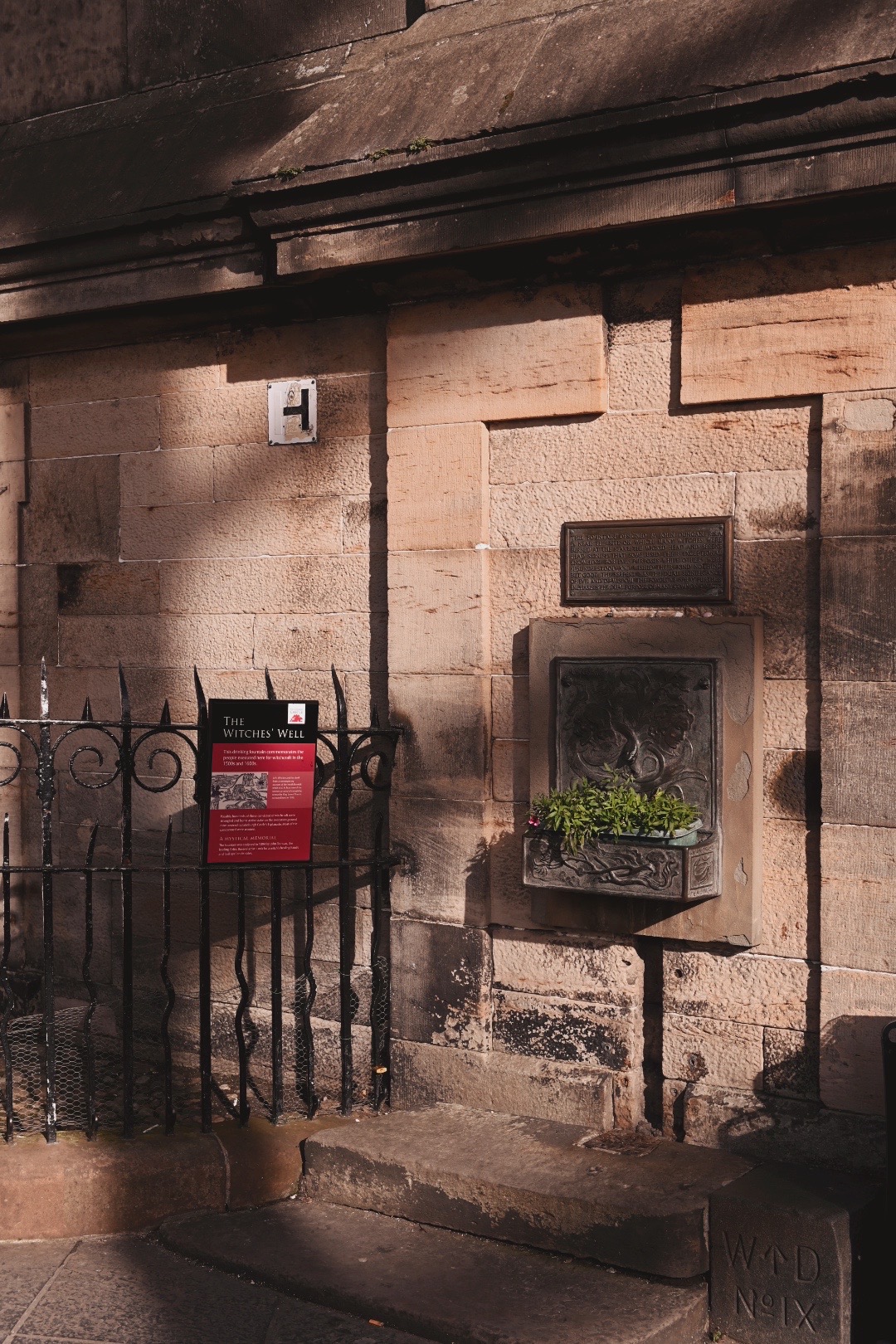
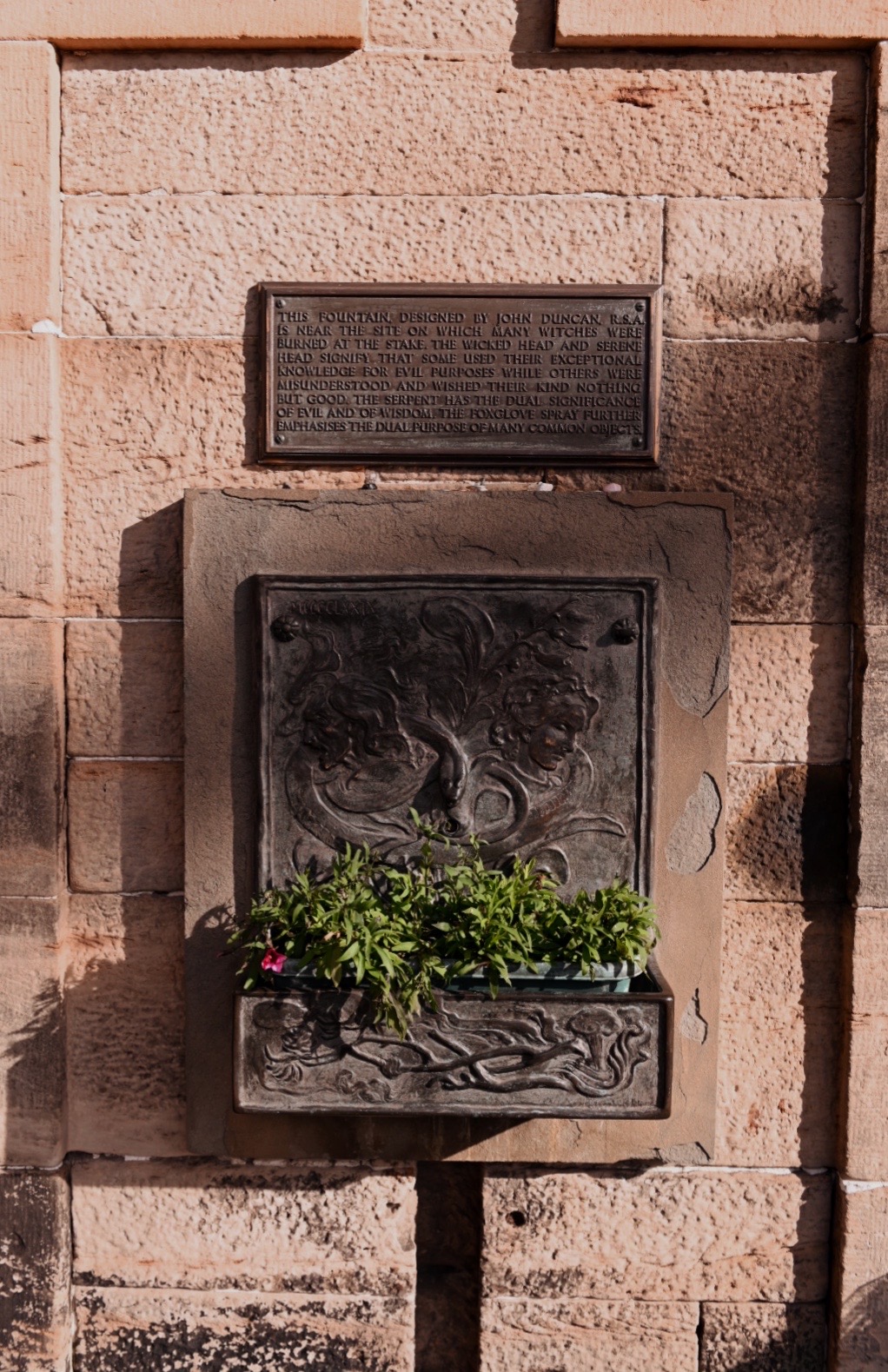
Witch History:
Long before the lush green gardens, Princes Street Gardens was once the Nor’Loch.
A man made loch that sat beneath Edinburgh Castle, in the 16th century it was used for douking ‘witches’. Thumbs tied together and douked in the loch, if they sank they were innocent. Dead, but innocent. And if they floated, they were scooped out the water and burnt at the stake on Castlehill.
At the foot of the castle esplanade you can see the Witches Well. A fountain to commemorate those who were wrongfully accused of witchcraft and burnt at the stake. The well is tucked away in the corner and quite easy to miss, so make sure to keep your eyes peeled.
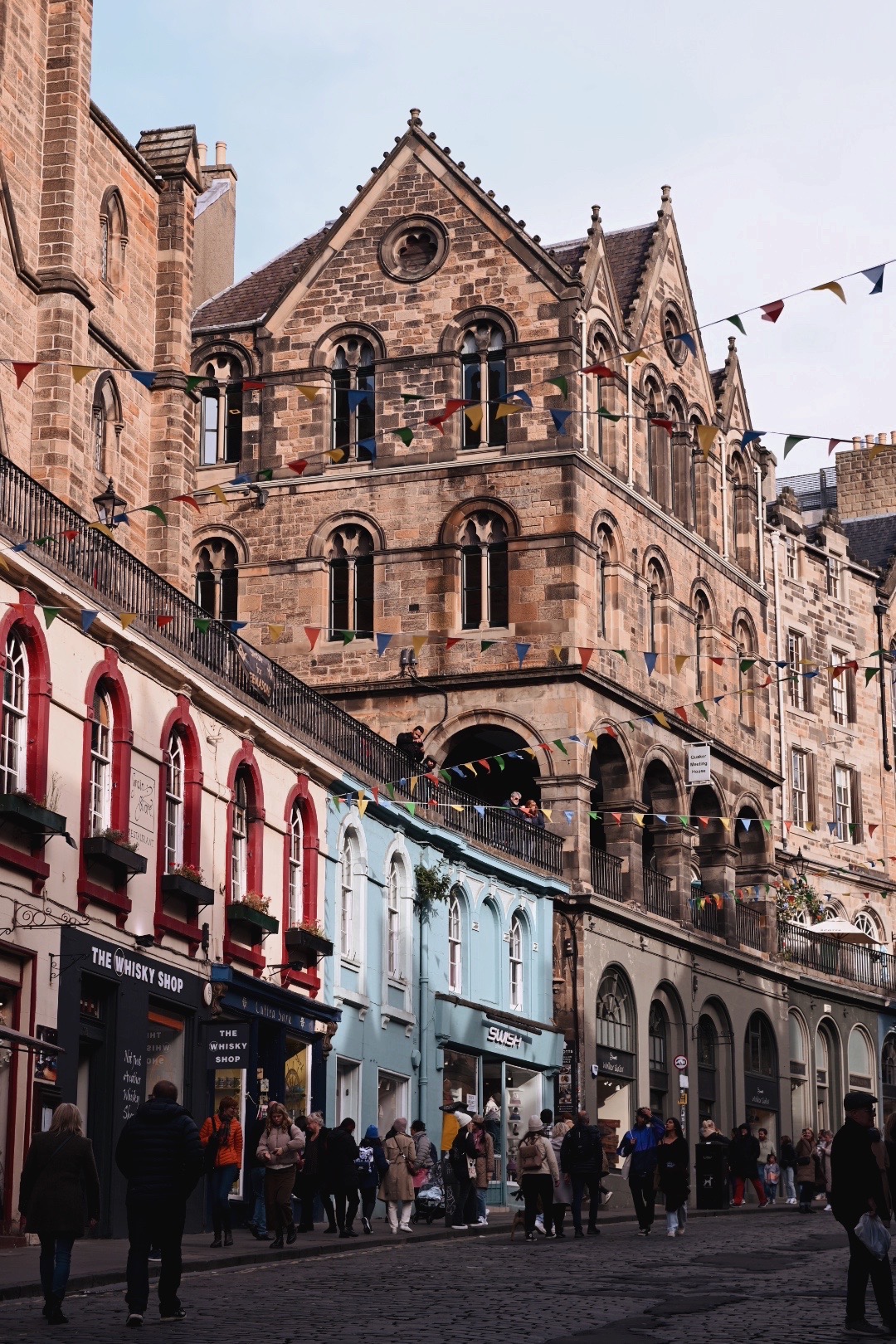
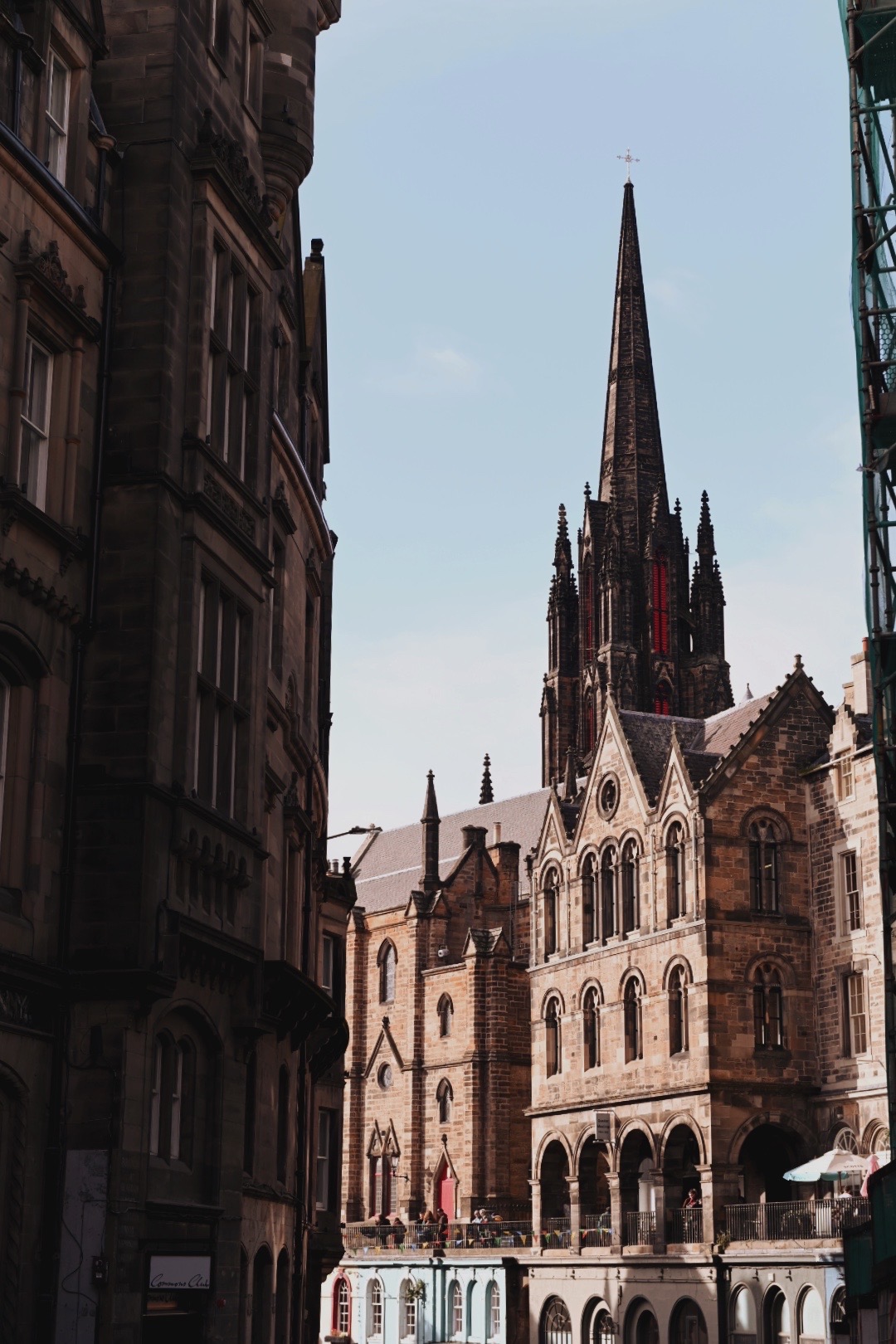
The Wizard of West Bow:
Harry potter isn’t the only wizard associated with Victoria Street, Thomas Wier lived on West Bow with his sister. He was hanged for dealings with the devil and incestuous relationship with his sister amongst other things. The Quaker House on Victoria Street now sits where his house once did. It’s said that Thomas Weir was also a source of inspiration for Robert Louis Stevensons book, Jekyll & Hyde as well as Deacon Broadie.

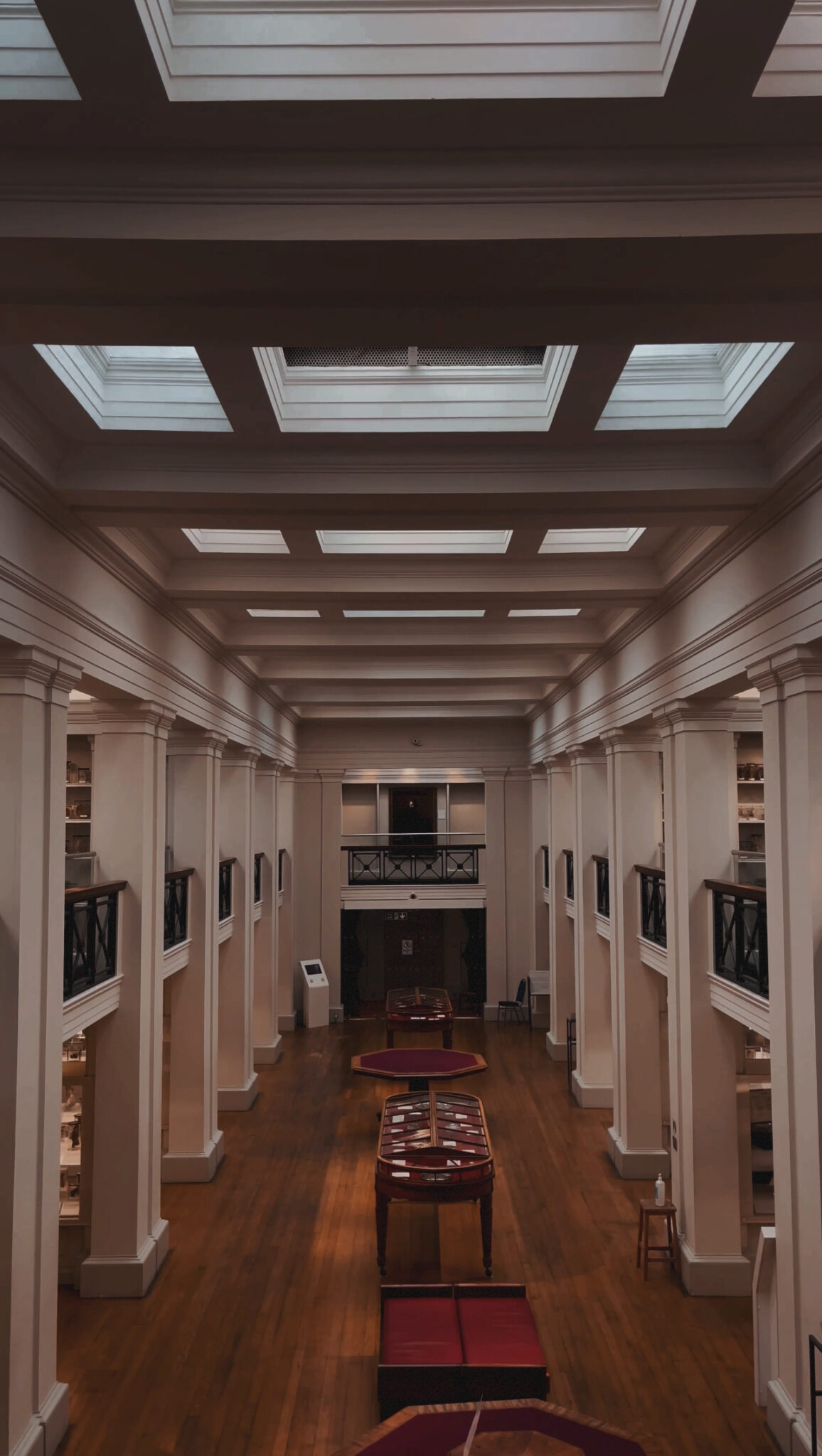
Surgeons Hall Museum:
An award winning museum, filled with jars of curiosities. Owned by the Royal College of Surgeons, it opened in 1832 and is one of Scotlands oldest museums. From the story of the first dissection, Burke & Hare, chloroform, and the inspiration behind Sherlock Holmes. The three sections include: The Wohl Pathology Museum, The History of Surgery Museum and the newest addition of The Dental Collection.
It can be a little bit of a squeamish visit, so do be prepared. Images are not allowed inside as the specimens on display are real, a guide of 10+ is advised and under 16’s must be accompanied by an adult.

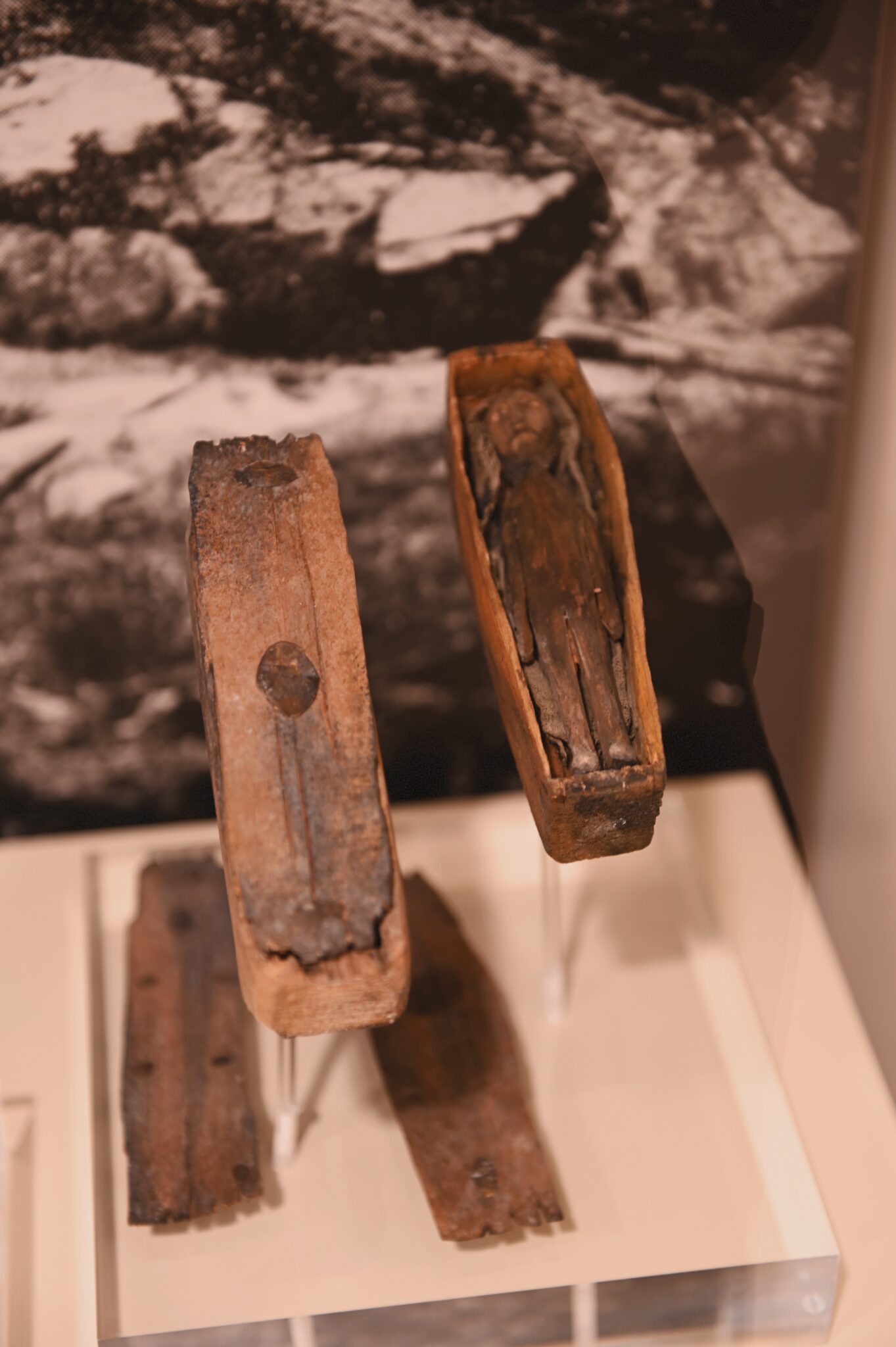
The Tiny Coffins:
Discovered by a group of boys who were hunting for rabbits, tucked away in the hills at Arthur’s seat lay 16 tiny coffins. Each coffin with a carving of a body, custom dressed and stacked upon one another.
No one know where they came from or what they are for. There’s been speculation over the years, good luck charms for sailors, sacrifices and satanic spells, for remembrance of the Burke and Hare’s victims, witchcraft or some kind of superstitions, but no one knows. Will we ever know?
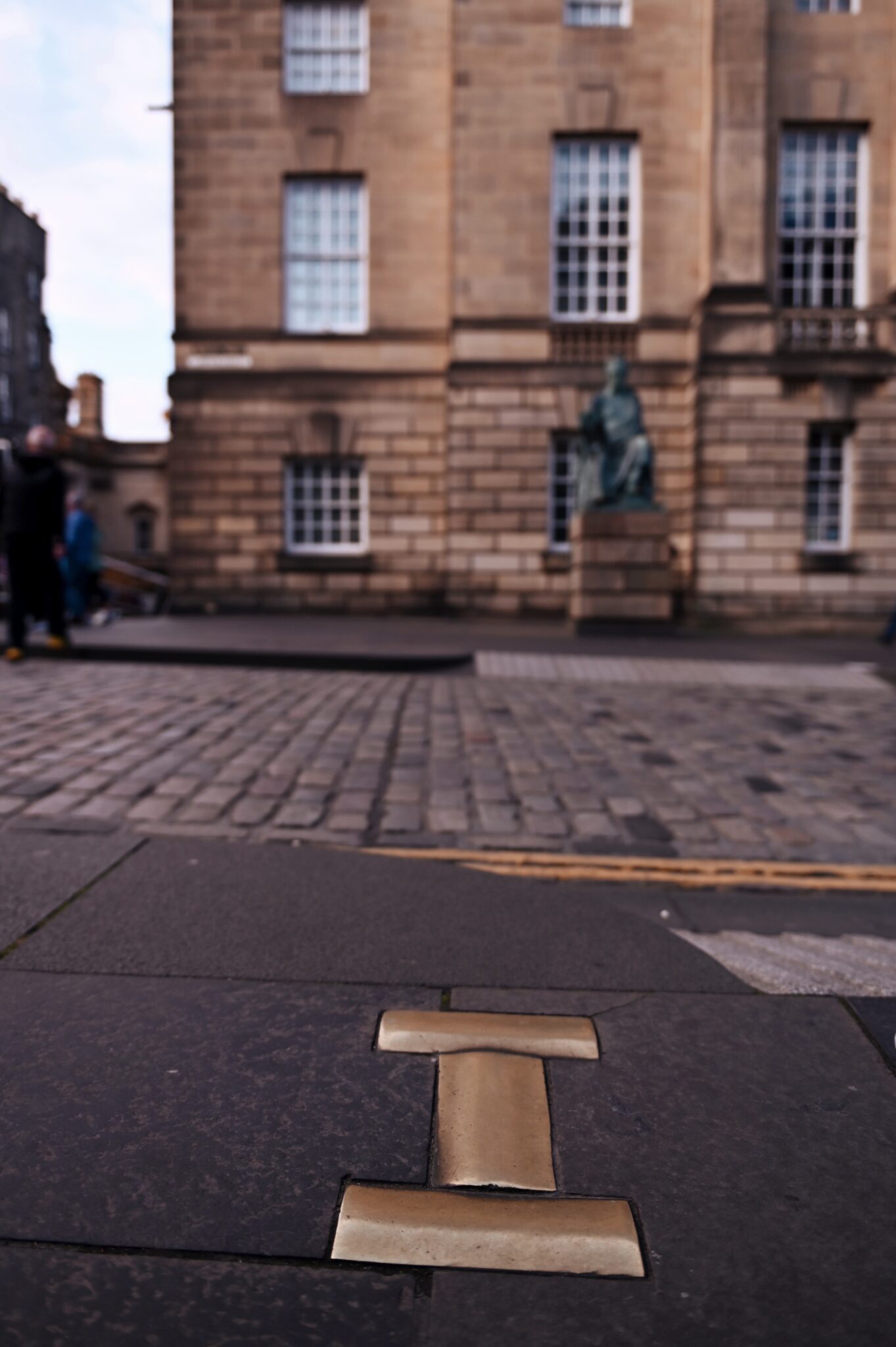
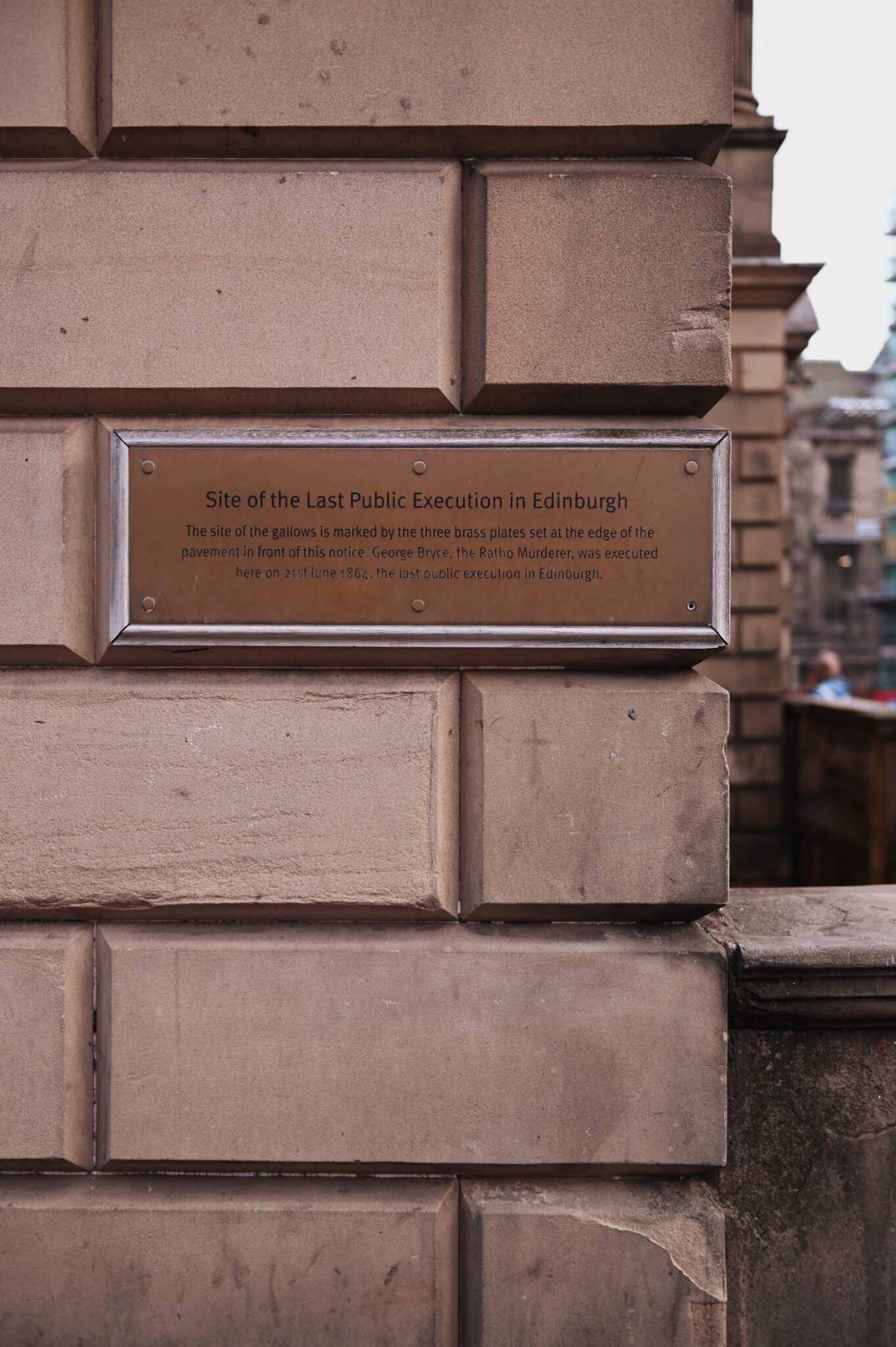
The Gallows:
A spot on the Royal Mile that has thousands of people walk across it each day, not knowing It exists. The site of the last public execution in Edinburgh, in 1864. George Bryce, who’s death mask can also been seen on display with Burke & Hare’s, was the last person to be publicly hanged in this spot.
Thomas Askern was the man in charge of hanging him, he turned up hungover and incorrectly measured the rope. George Bryce barely dropped a few feet and hung there in front of the crowd. His neck didn’t snap on impact like it was supposed to and it took around 40 mins for him to suffocate to death. The hangman had to be smuggled out of the city to escape the angry mobs. After this hangings were a private event that took place in prisons.
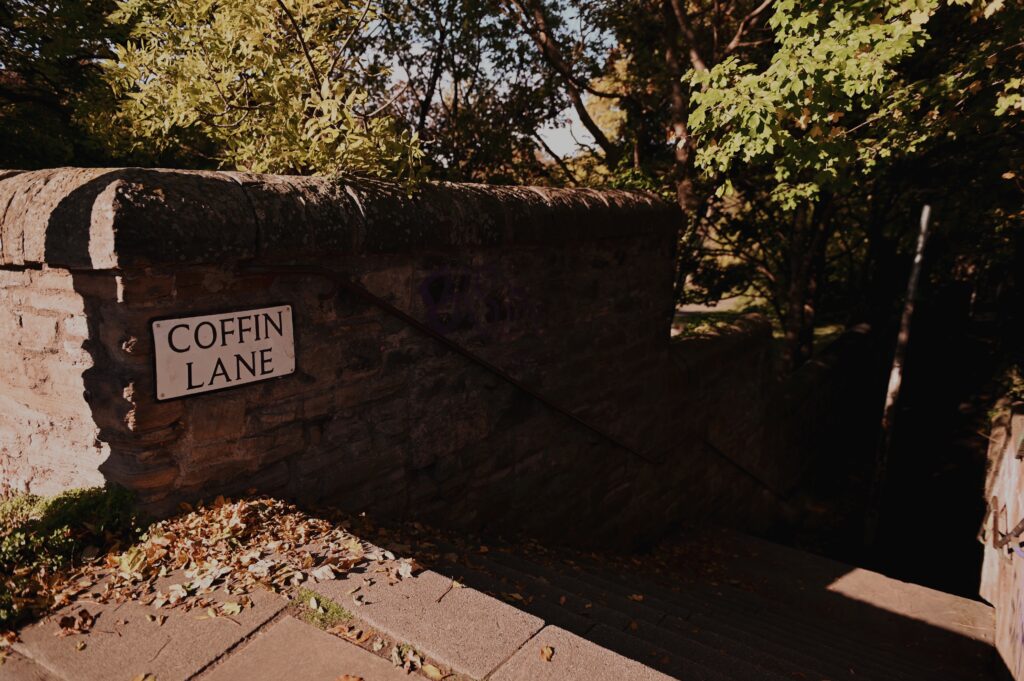
Coffin Lane:
If you are anything like me, the second autumn comes around, the scarf is out, the boots are on and walks around cemeteries are the only way to spend an afternoon. Coffin Lane runs down the side of Dalry Cemetery, a Victorian cemetery just outside the immediate city centre. There’s many beautiful graveyards in Edinburgh and each one has so much history attached to it. You can see more here: The Most Beautiful Historic Graveyards in Edinburgh.
If you enjoyed this post and want to do a little more reading, here are some books to get you started. Click on each one.

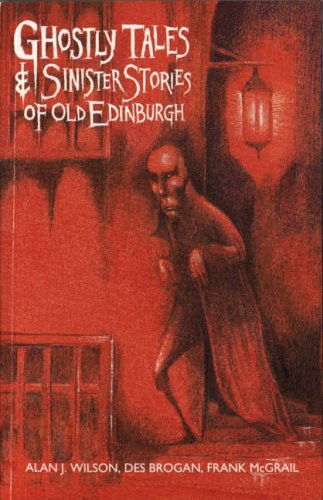
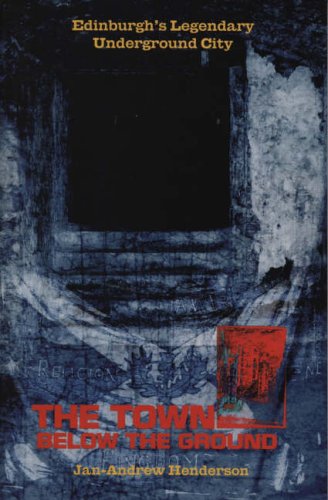
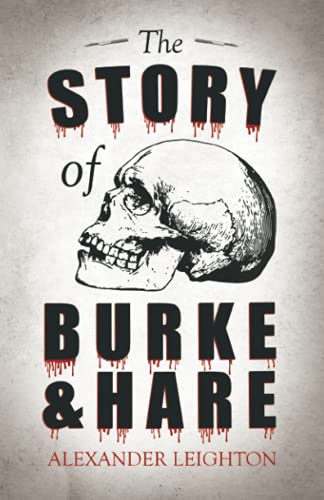
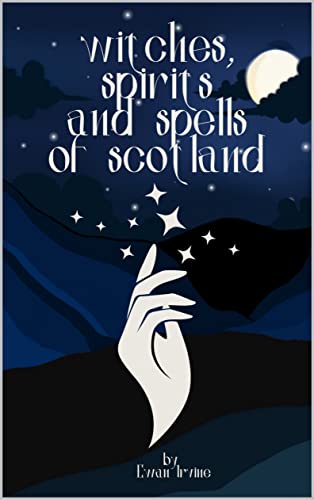
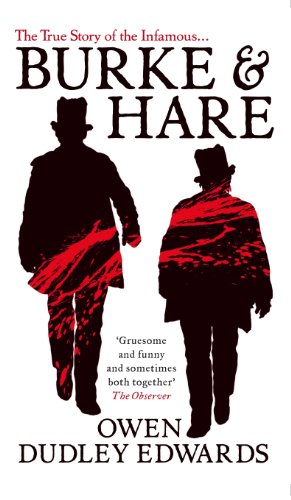
Some of these books are affiliate links, where I make a small commission at no extra cost to you.


